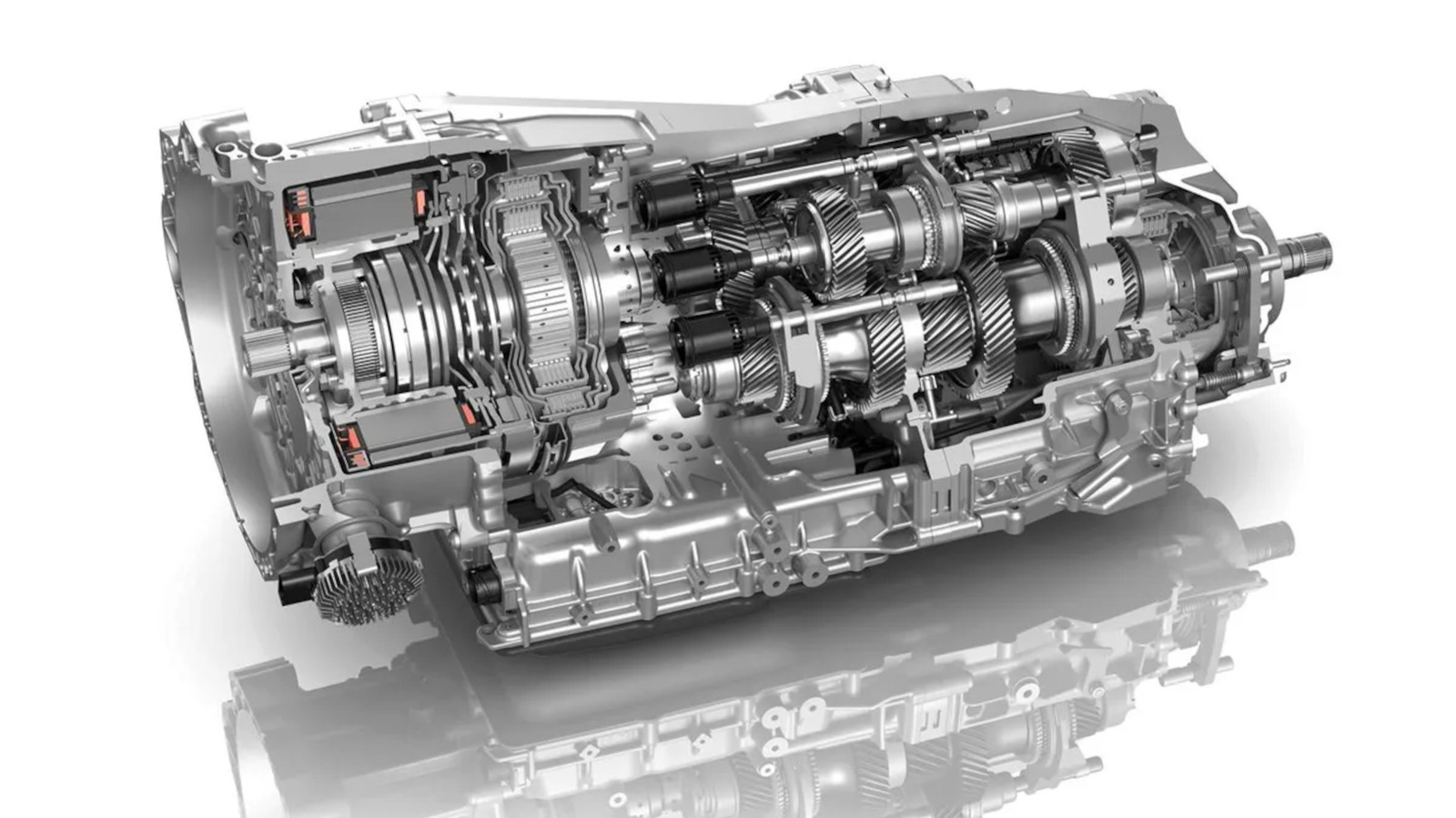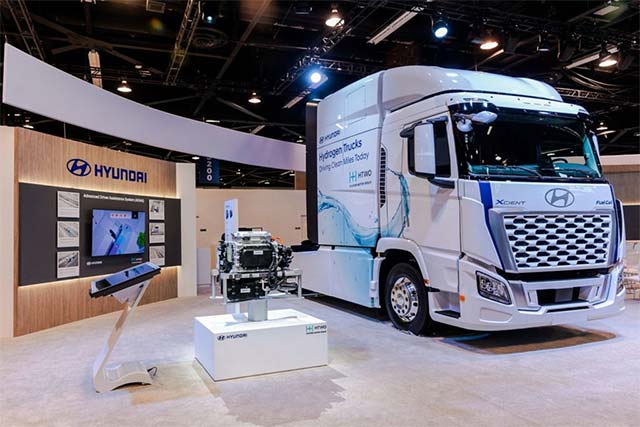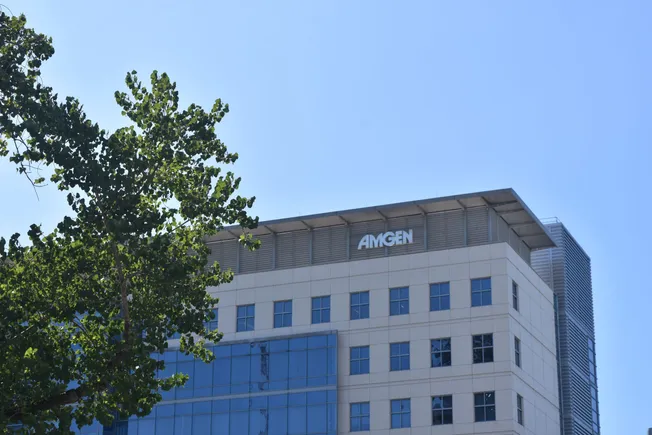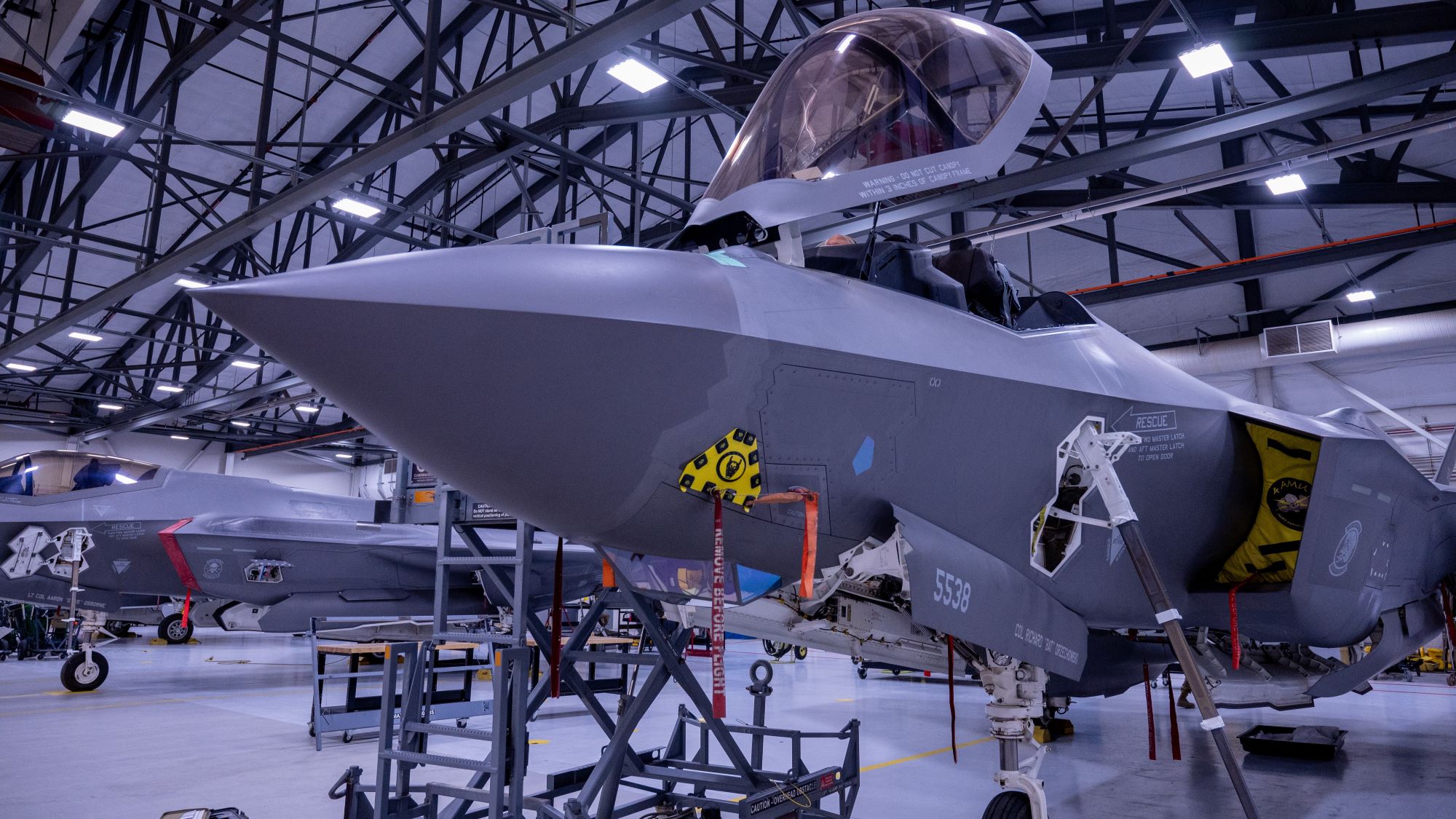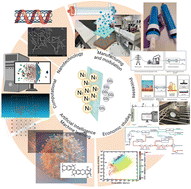Managing Exceptions in a Dynamic Warehouse Using AI
By Chandru Palaniyandi, Business Analyst, Lucas Systems Managing by exception is a strategy that allows warehouse managers and associates to focus on critical deviations from the standard workflow rather than constantly monitoring every process step. In warehouse picking execution, this means that routine tasks are automated or optimized, and attention is directed only when problems [...] The post Managing Exceptions in a Dynamic Warehouse Using AI first appeared on Warehouse & Logistics News.

By Chandru Palaniyandi, Business Analyst, Lucas Systems
 Managing by exception is a strategy that allows warehouse managers and associates to focus on critical deviations from the standard workflow rather than constantly monitoring every process step. In warehouse picking execution, this means that routine tasks are automated or optimized, and attention is directed only when problems arise, such as stockouts, mispicks, or bottlenecks. This approach increases efficiency, reduces unnecessary oversight, and allows for quicker issue resolution, keeping operations running smoothly.
Managing by exception is a strategy that allows warehouse managers and associates to focus on critical deviations from the standard workflow rather than constantly monitoring every process step. In warehouse picking execution, this means that routine tasks are automated or optimized, and attention is directed only when problems arise, such as stockouts, mispicks, or bottlenecks. This approach increases efficiency, reduces unnecessary oversight, and allows for quicker issue resolution, keeping operations running smoothly.
A key enabler of managing by exception is using AI driven software optimization, which uses real-time data, intelligent task prioritization, and in the moment communication to dynamically adjust workflows. Instead of following static pick paths or waiting for supervisors to intervene, these dynamic systems detect and resolve exceptions as they occur. Their adaptability extends beyond picking to replenishment, putaway, and interleaving, creating a fully optimized and dynamic warehouse operation.
How dynamic picking supports exception management
In traditional picking workflows, workers rely on printed pick lists or handheld scanners, which require them to stop and manually acknowledge updates or exceptions. This creates delays and limits flexibility. With dynamic, AI-driven picking, pickers receive real-time instructions, through voice commands for example, allowing them to stay focused on the task while the system dynamically manages changes. If an item is out of stock at the assigned location, the system can immediately redirect the picker to an alternative location or trigger a replenishment task. This eliminates the need for workers to pause and escalate issues manually, keeping the process moving efficiently.
For example, in a high-velocity order fulfillment environment, a picker assigned to retrieve a specific SKU may find an empty bin. Instead of waiting for a supervisor or walking to a terminal, the dynamic system can instantly provide alternative instructions: “Location empty. Proceed to secondary location B12.” If no alternative location is available, the system prioritizes a replenishment task and reroutes the picker to a different order while waiting for stock to be refilled. This automatic adjustment prevents downtime and ensures that pickers remain productive.
Combined with management dashboards and real-time data visibility, benefits are further amplified. At beverage distributor RNDC, managers use the Lucas Management Console, which provides real-time visibility into operations, exceptions, associate productivity, and workflow, as well as powerful tools to manage the workforce. “During my production shift, I can view real-time progress and decide where to best allocate workers to keep us on pace, explained Leroy Willis, night supervisor at the Louisville, Kentucky RNDC facility.
Replenishment optimization through smart exception handling
Managing replenishment by exception is crucial in high-throughput warehouses, where forward-pick locations deplete rapidly. Dynamic or “hot” replenishment ensures that stock is refilled only when necessary and prioritizes urgent tasks to avoid stockouts. When a pick location nears depletion, the system can automatically assign an associate to refill it before it becomes empty. By dynamically adjusting workflows and minimizing disruptions, smart solutions utilizing AI help maintain a seamless replenishment process. Replenishment becomes more responsive, ensuring inventory is consistently available without unnecessary delays.
One of the key advantages of dynamic replenishment is its ability to trigger real-time replenishment alerts. When pick locations begin to run low on stock, the system automatically generates replenishment tasks before pickers arrive, maintaining a continuous workflow. This proactive approach prevents delays caused by stockouts and eliminates unnecessary back-and-forth movement. When integrated with a warehouse management system (WMS) or warehouse execution system (WES), smart optimization technology can also prioritize replenishment tasks based on real-time order demand, ensuring that high-velocity SKUs receive immediate attention.
Beyond real time alerts, dynamic optimization helps prevent workflow disruptions by providing instant guidance to warehouse workers. If a picker encounters an empty slot, the system can reroute them to an alternative location or instruct them to return after replenishment is completed. Meanwhile, workers receive instructions, through voice or screen, allowing them to restock critical locations as soon as inventory becomes available. This real-time coordination ensures that replenishment and picking remain aligned, reducing idle time and improving overall warehouse throughput.
Dynamic optimization software can also optimize task interleaving, allowing workers to handle multiple tasks in the most efficient sequence. Instead of working through a fixed list, a worker already near a critical stock location can be assigned an urgent replenishment task without disrupting their workflow. This dynamic allocation of tasks maximizes productivity and reduces unnecessary travel time.
Putaway and Interleaving: Creating a Fully Dynamic Operation
In traditional warehouses, putaway tasks are often handled separately from picking and replenishment, leading to inefficiencies and wasted travel time. With interleaving, dynamic systems can assign tasks based on worker proximity and priority, reducing empty travel and ensuring that every movement contributes to overall productivity.
For instance, a picker finishing an order in one zone might be reassigned to a nearby putaway task rather than walking back to a central dispatch area. This level of integration between picking, replenishment, and putaway creates a warehouse environment that responds dynamically to real-time demands. Workers stay productive, tasks are completed more efficiently, and managers only need to intervene when exceptions occur that the system cannot resolve automatically.
Final thoughts: The benefits of exception-based management in warehouse execution
By leveraging dynamic, AI driven optimization software to manage warehouse execution by exception, operations become more agile and responsive to real-time needs. The system prioritizes critical tasks, reallocates resources dynamically, and ensures that workers remain productive without unnecessary manual oversight.
By eliminating manual bottlenecks and leveraging technology to handle routine decision-making, managing by exception transforms warehouse execution into a fluid, highly efficient operation. Intelligent picking, replenishment, and interleaving work together to ensure that inventory is always in the right place at the right time, allowing warehouses to operate at peak performance with minimal disruption.The post Managing Exceptions in a Dynamic Warehouse Using AI first appeared on Warehouse & Logistics News.












